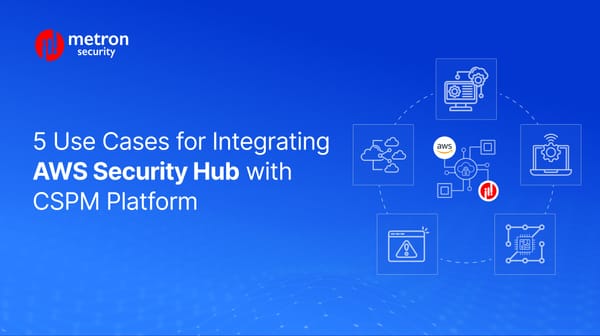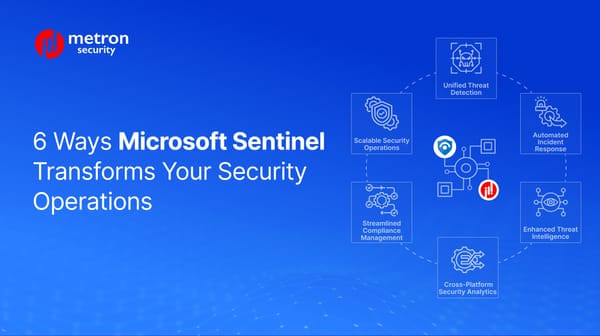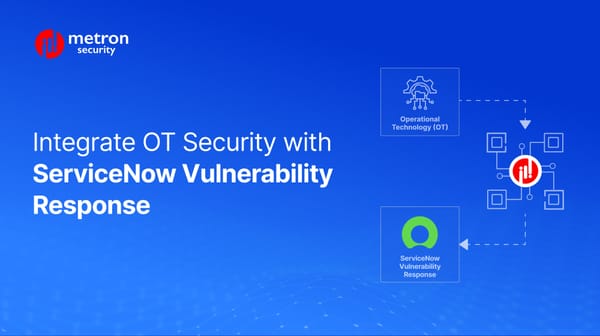SIEM and Threat Intelligence Integrations: Use Cases and Benefits
We discuss some of the benefits of pairing your SIEM with a threat intelligence platform, such as Recorded Future, ThreatConnect, Zerofox, Anomali and many more.
Alexander Nachaj

Security Information and Event Management (SIEM) systems are highly versatile tools to have in any organization's cybersecurity portfolio. Often acting as the lynchpin or command center to cybersecurity operations, they have the potential to empower your entire team.
However, like all tools in our cybersecurity arsenals, SIEMs don't come ready to solve all your problems straight out of the box. In fact, SIEMs, like most tools, are only as powerful as the uses we make of them.
In the following post, we discuss some of the benefits of pairing your SIEM with a threat intelligence platform, such as ThreatConnect, Recorded Future, Zerofox, Anomali and many more. By going over some key benefits and use cases, we hope to help your organization understand the value of connecting its systems in a meaningful and actionable manner.
Benefits of SIEMs
There's been a lot of discussion recently in the cybersecurity sphere about the ongoing viability of using SIEMs in the face of more emergent approaches (such as XDR + SOAR). While there is certainly some overlap in the use cases and applications of each, neither is a direct correlation with the other.
Where SIEMs stand out is in their focus on raising alerts and channeling messages based on conditions, rules, and techniques. Many enterprises employ their SIEMs to amass log data and correlate security events spanning various systems, including intrusion detection devices and firewalls. These systems, along with internal security logs, contribute to numerous benefits for security teams where threat detection and response is concerned.
Some of the key benefits of SIEM include:
- Consolidated Analysis
By aggregating log data from diverse sources, including those apps without inherent detection capabilities, SIEMs can facilitate the centralised analysis capabilities of your team, along with your organization's security events reporting. This can be crucial in the identification of malicious activity on your network.
2. Wider Breach Detection
The analysis conducted by SIEMs empowers security teams to uncover attacks that might have otherwise gone unnoticed. Additionally, certain SIEMs possess the capability to proactively prevent ongoing attacks by interacting with other security controls, such as firewalls, instructing them to modify configurations and block the impending threat.
3. Rapid Incident Containment
By offering a unified, centralised interface for aggregating and reviewing event data, SIEMs enhance the efficiency of incident response teams. This results in accelerated containment of malicious activity, limiting potential damage and expediting overall incident handling processes.
Use Cases when integrated with Threat Intelligence platforms
- Cross organization awareness: When connected, your team can have greater visibility in events happening across devices and apps.
- Improved threat vetting: By maintaining logs and data on both your positives and false positives, your team can react to future incidents with greater confidence.
- Greater threat level comprehension: By gathering your internal logs and aggregating their data with up to date threat intel, your team can more efficiently identify the level of severity if multiple threats are present at once (and act by order of urgency).
- Enriched data: By sharing data from your connected apps, your events and logs can come enriched with details from other sources in your network which might not previously have been possible.
- Deeper understanding of each threat: By moving beyond the base functions of your SIEM, threat intelligence can add contextual data and rich indicators to provide a more complete picture of an event and its nature prior to any response action.
To conclude, while SIEMs excel at collecting and correlating event data, earning their rightful place in the heart of your security infrastructure for centralized log management, their true potential emerges when complemented by and connected with other technologies and apps in your organization.
For example, many systems can become overwhelmed with unverified, raw threat data, and the consequences are far from favourable for any organization. If faced with an onslaught of false positives, security teams might often find themselves working through the "noise," expending valuable time and resources to piece together the truth of an unfolding situation.
Obvious solutions would be to include related apps such as threat intelligence software and other tools which help better qualify your events, enrich your data, and ensure your team makes the right call at the right time. No security system will offer all your solutions under one package, and the success of your operations often depends on your team's ability to coordinate between the various tools at their disposal.
Considering venturing into security automation and building data enrichment processes? Metron has experience integrating multiple SIEM configurations and building custom playbooks that rely on automation.
If you are considering any custom cybersecurity solution that focuses on the resources and needs of your organization, please send a note to connect@metronlabs.com.









